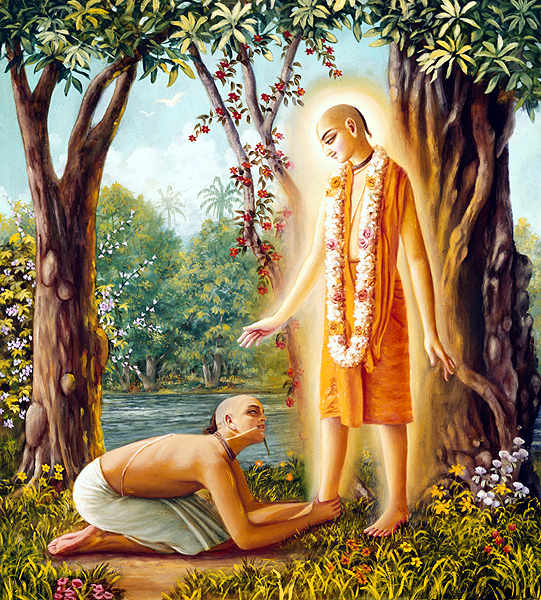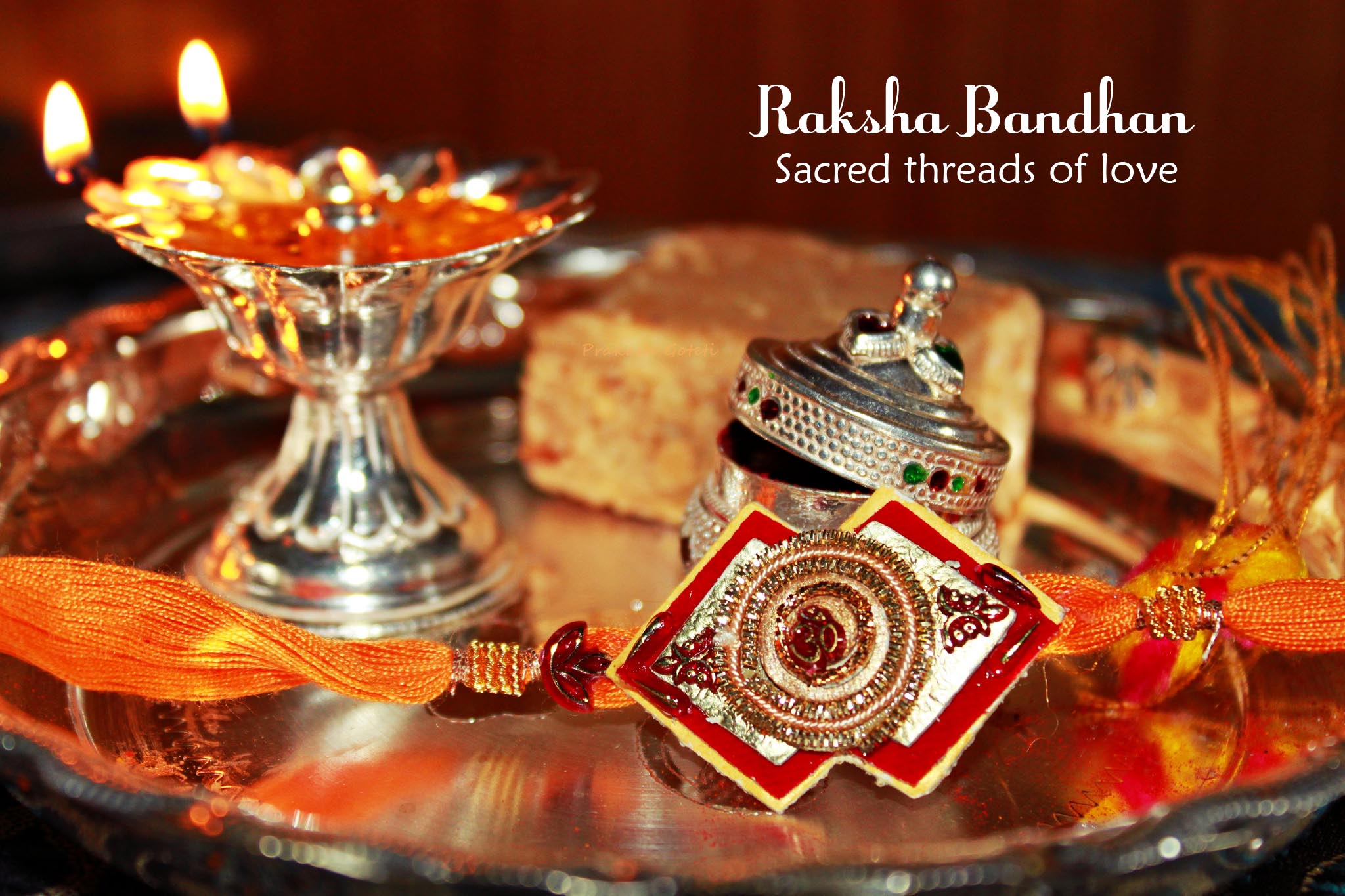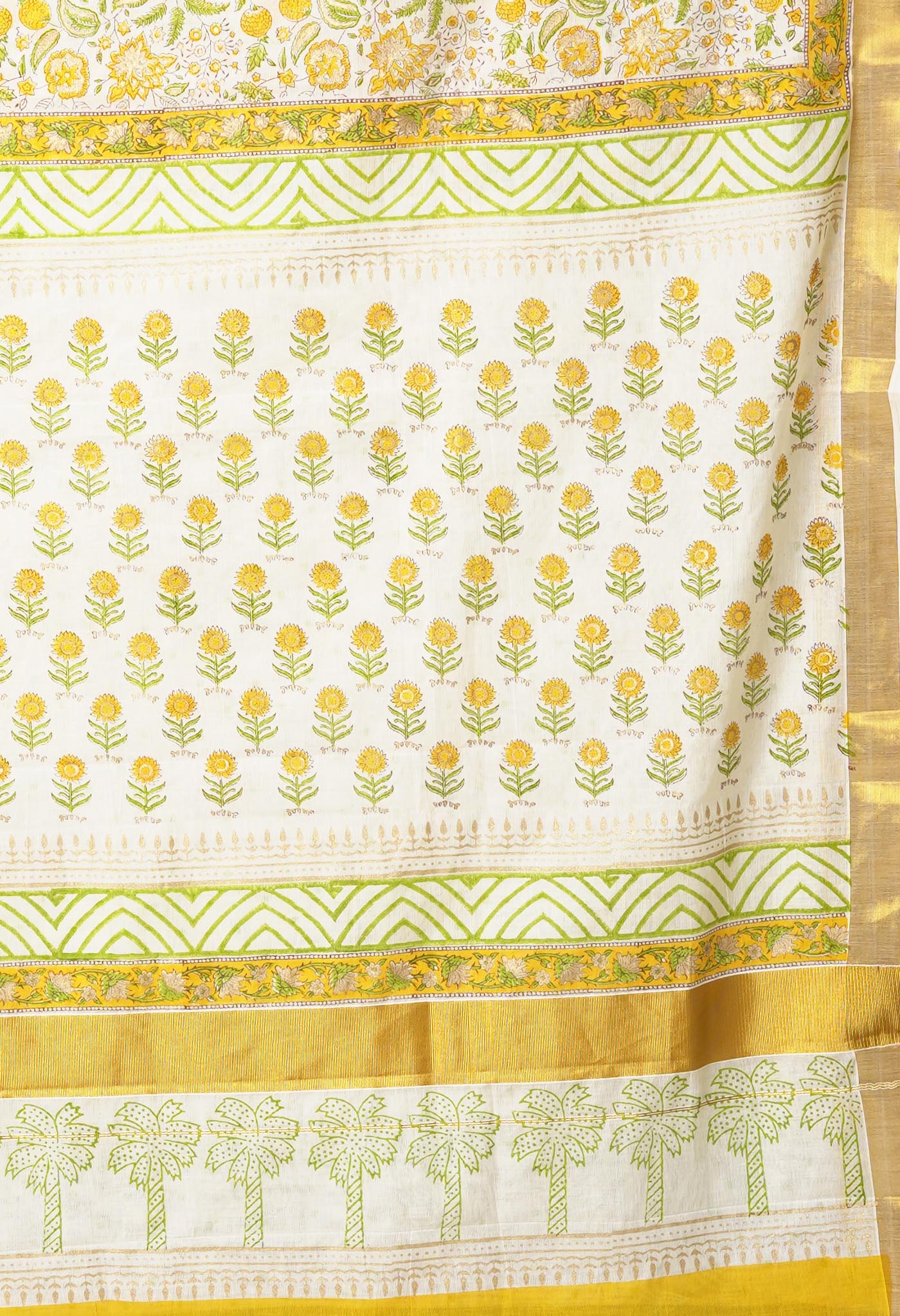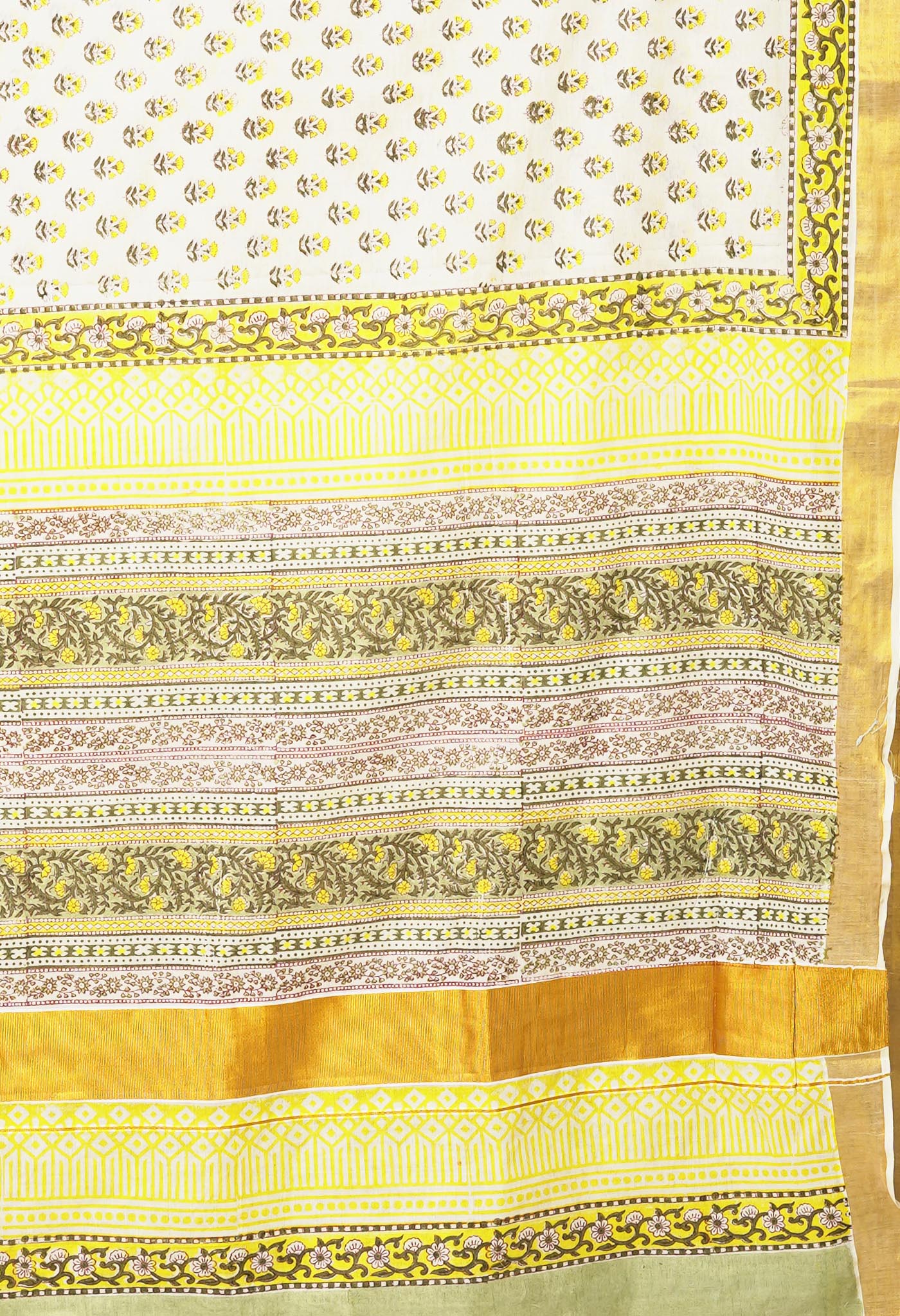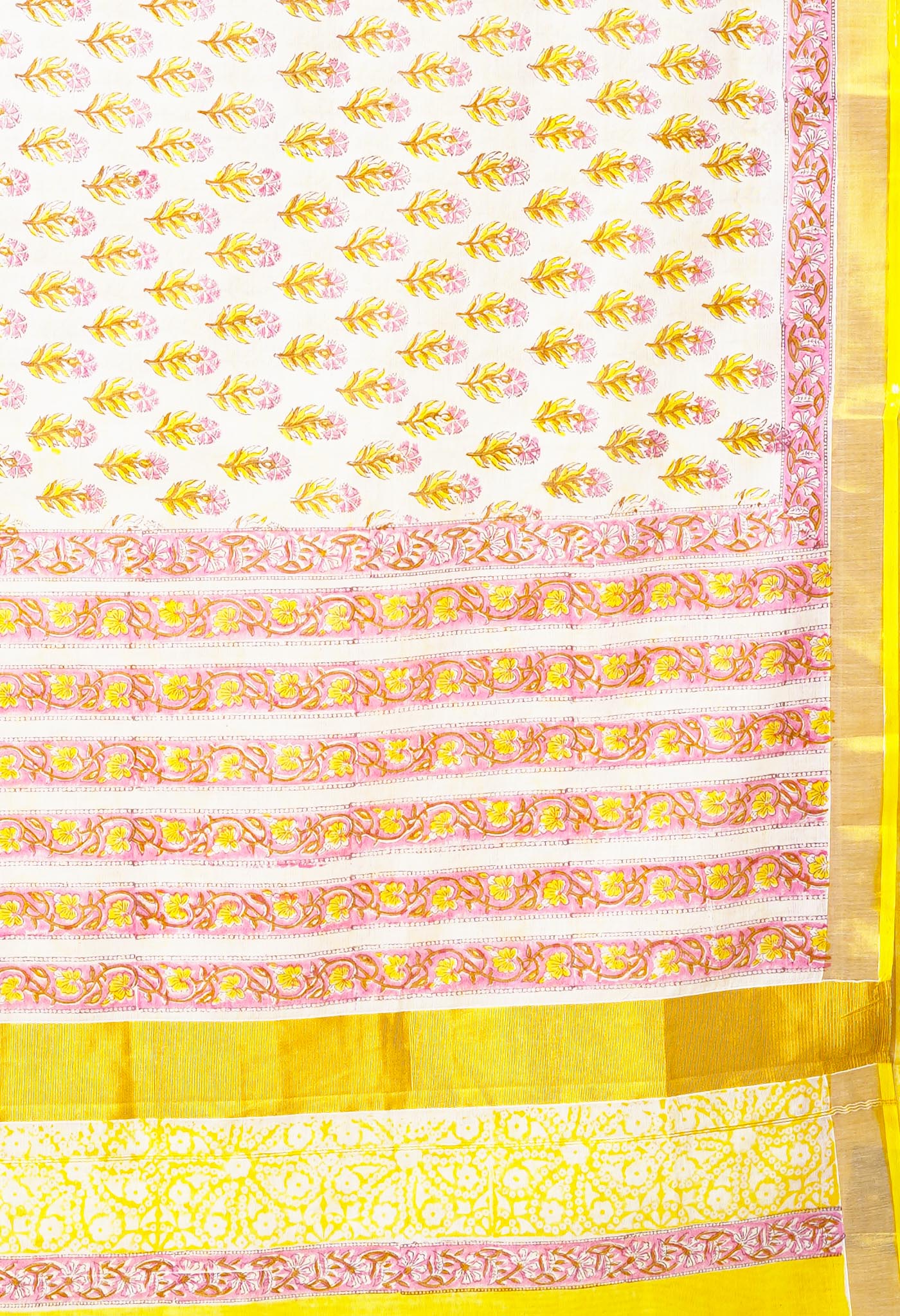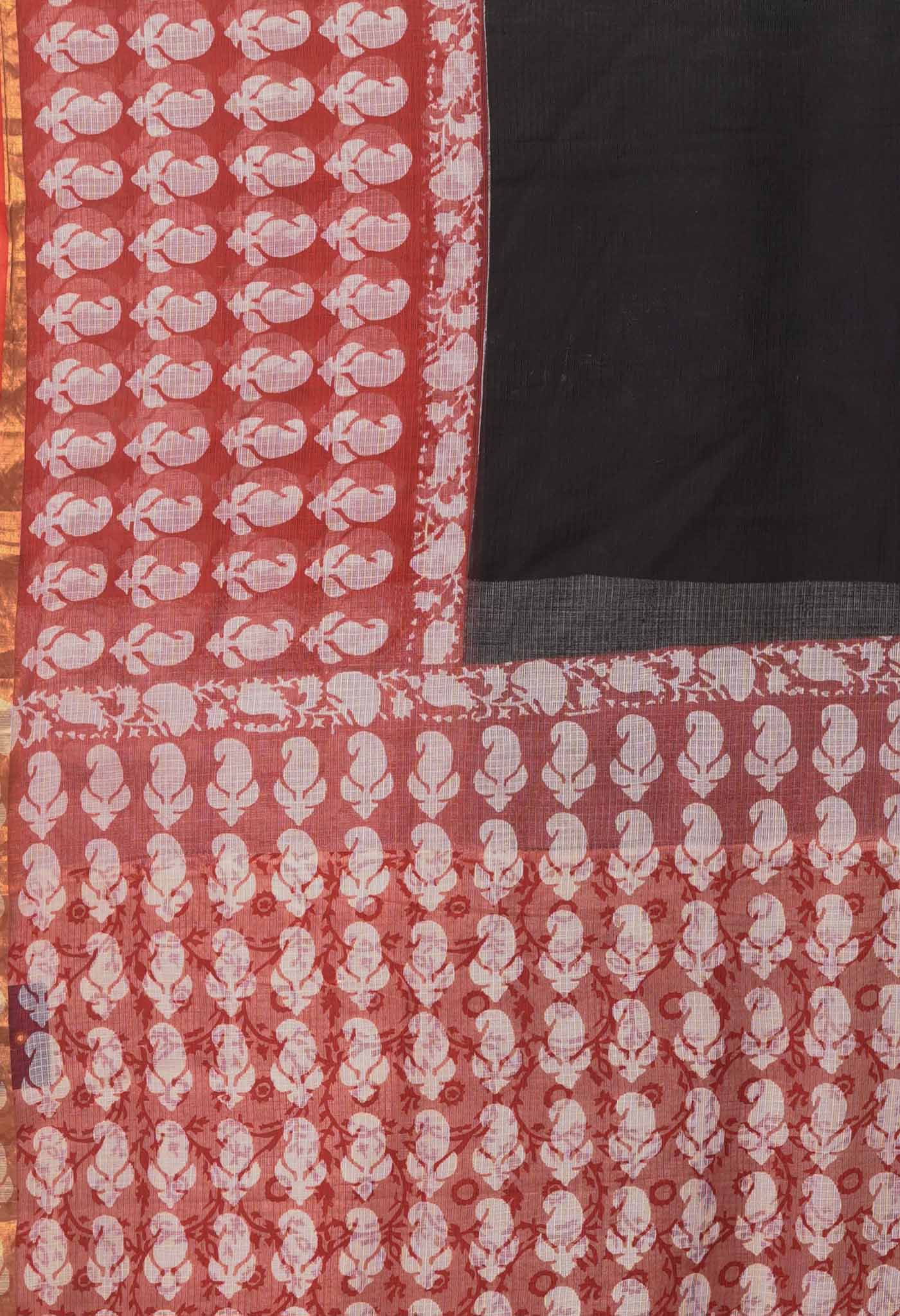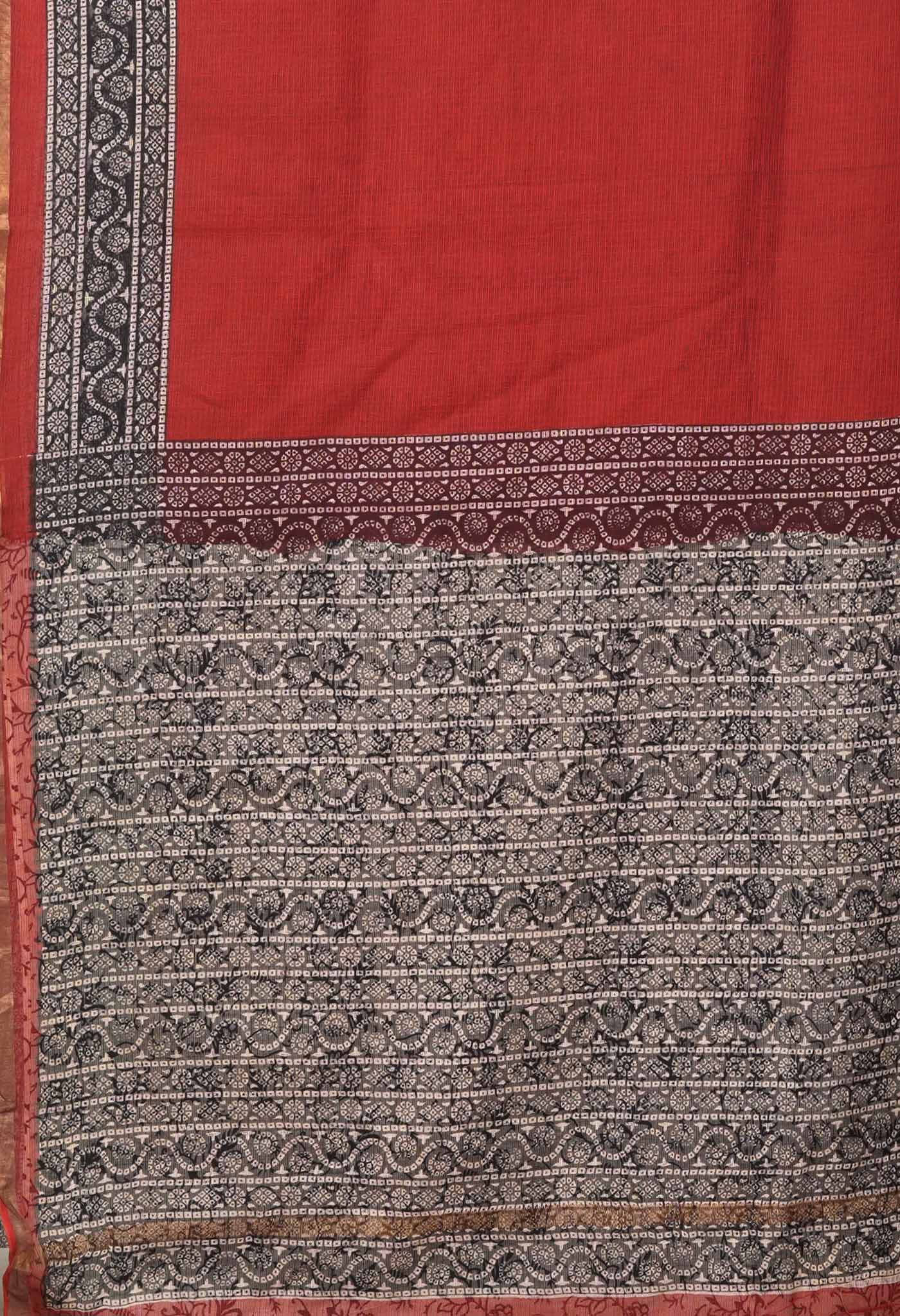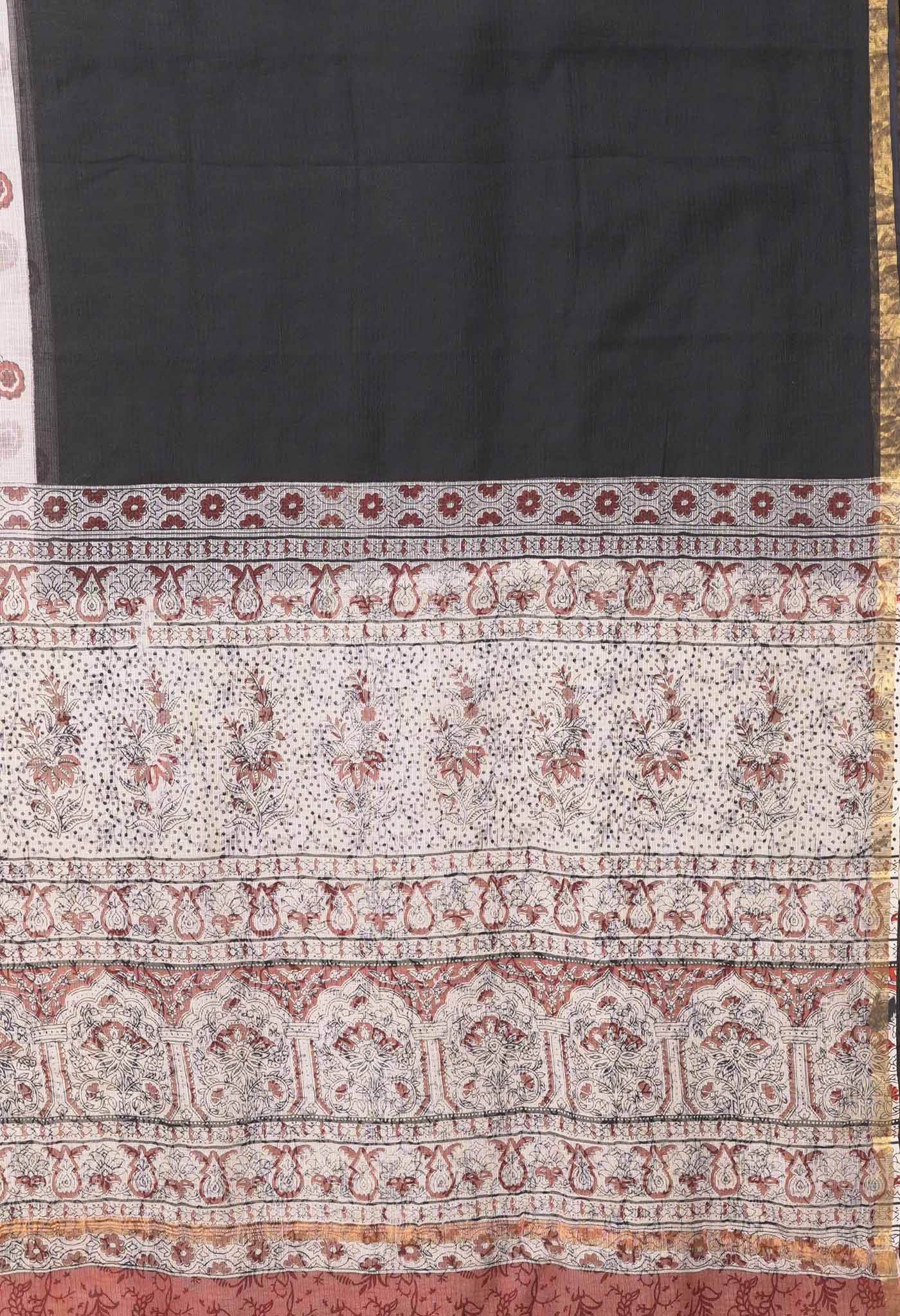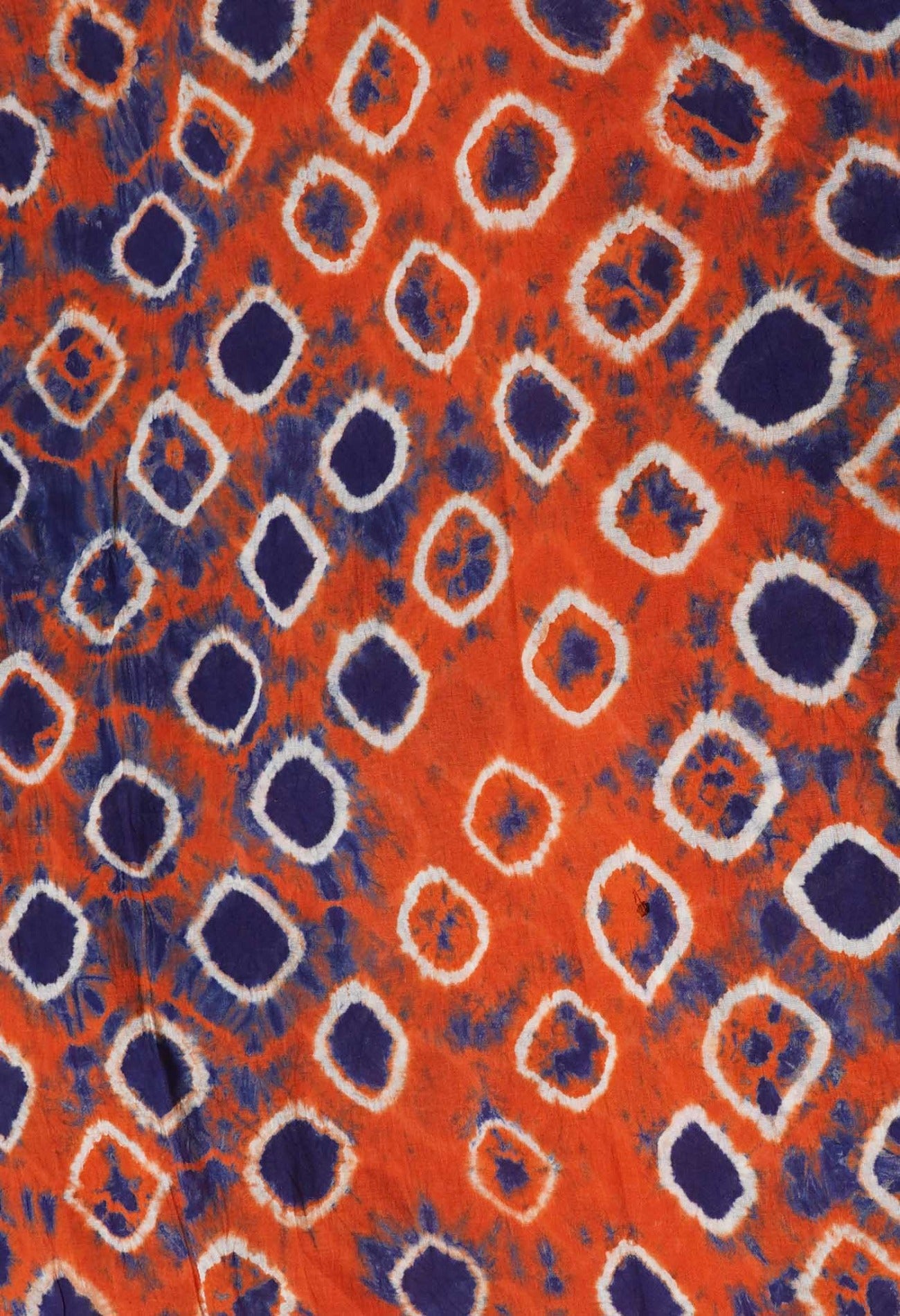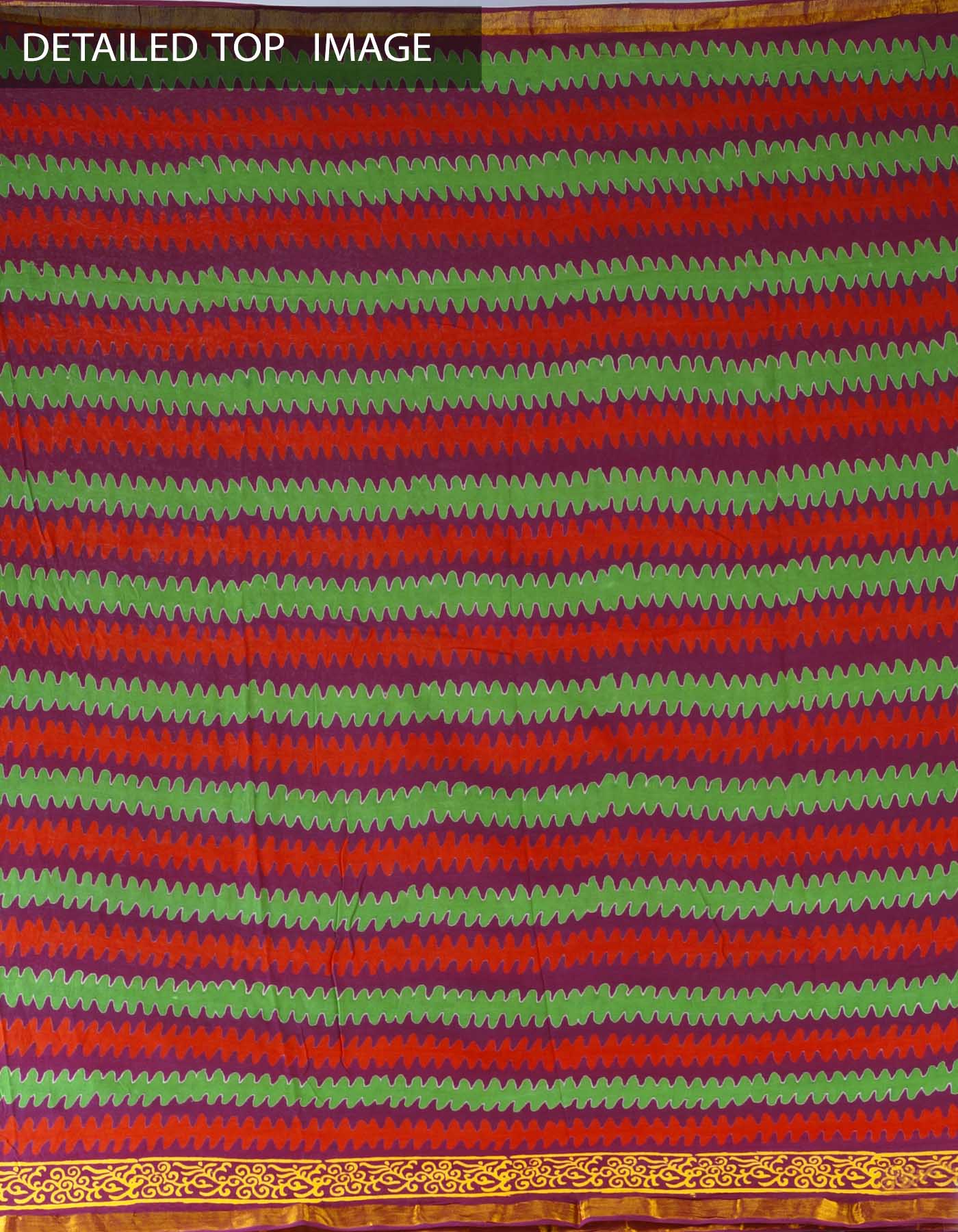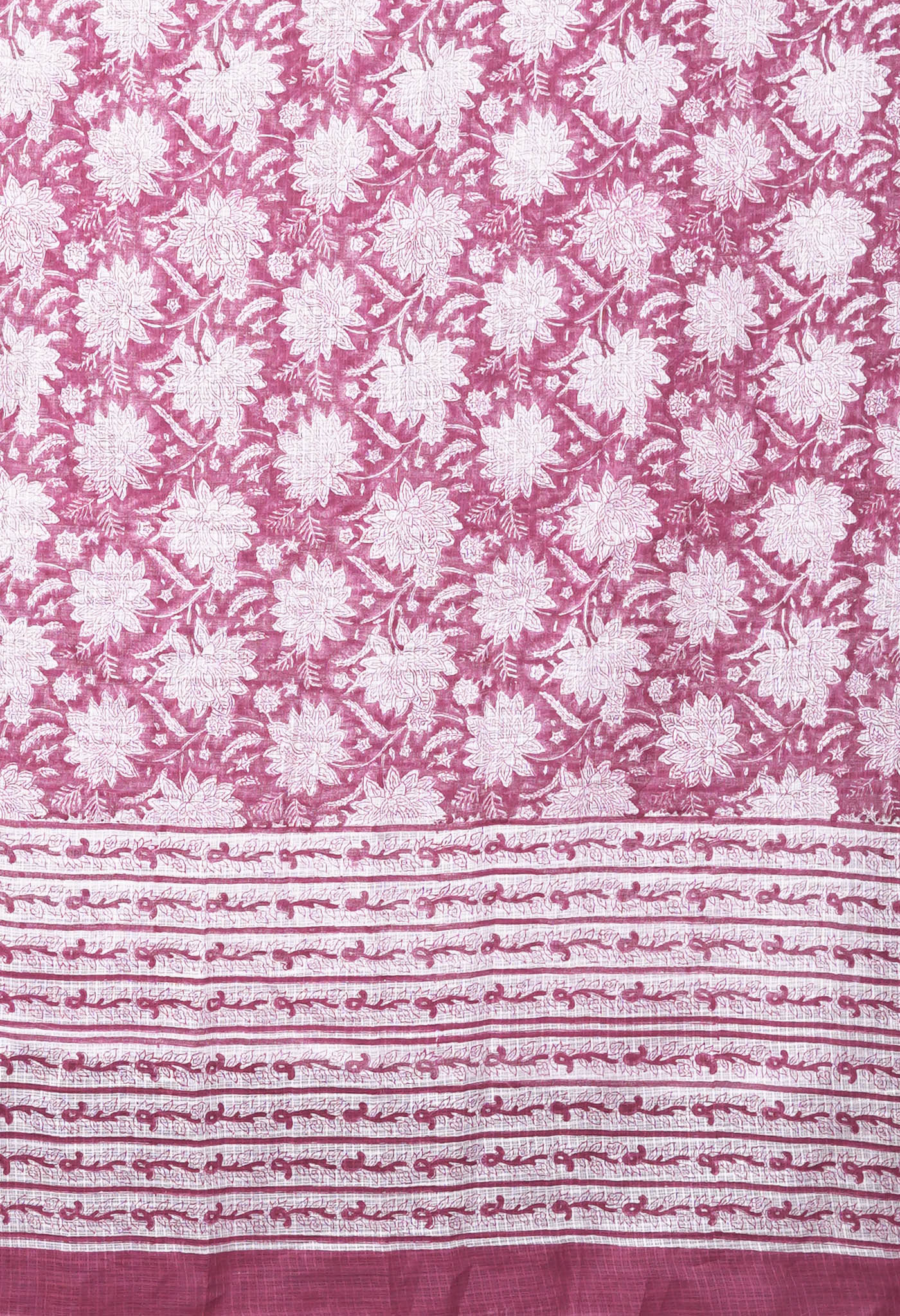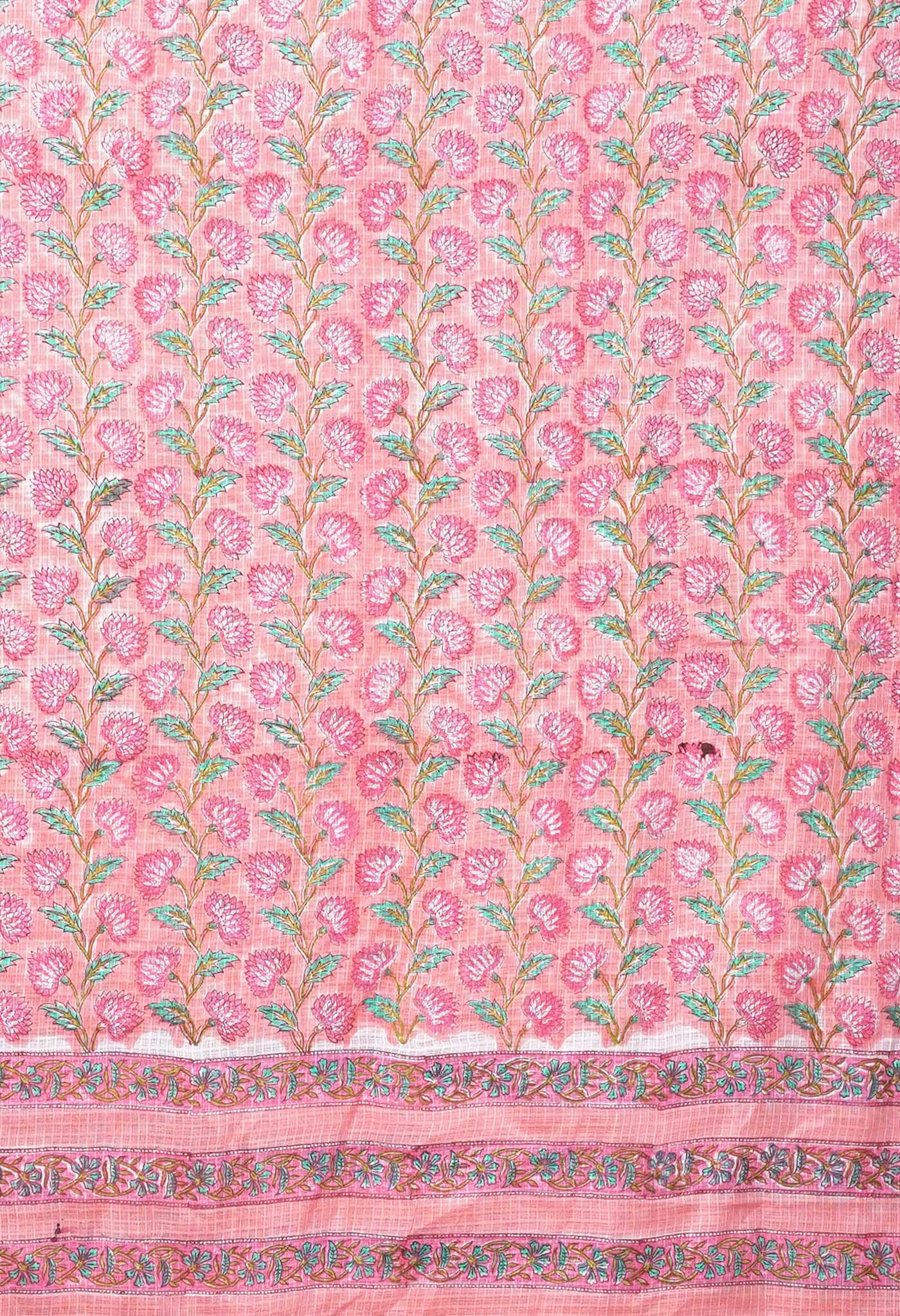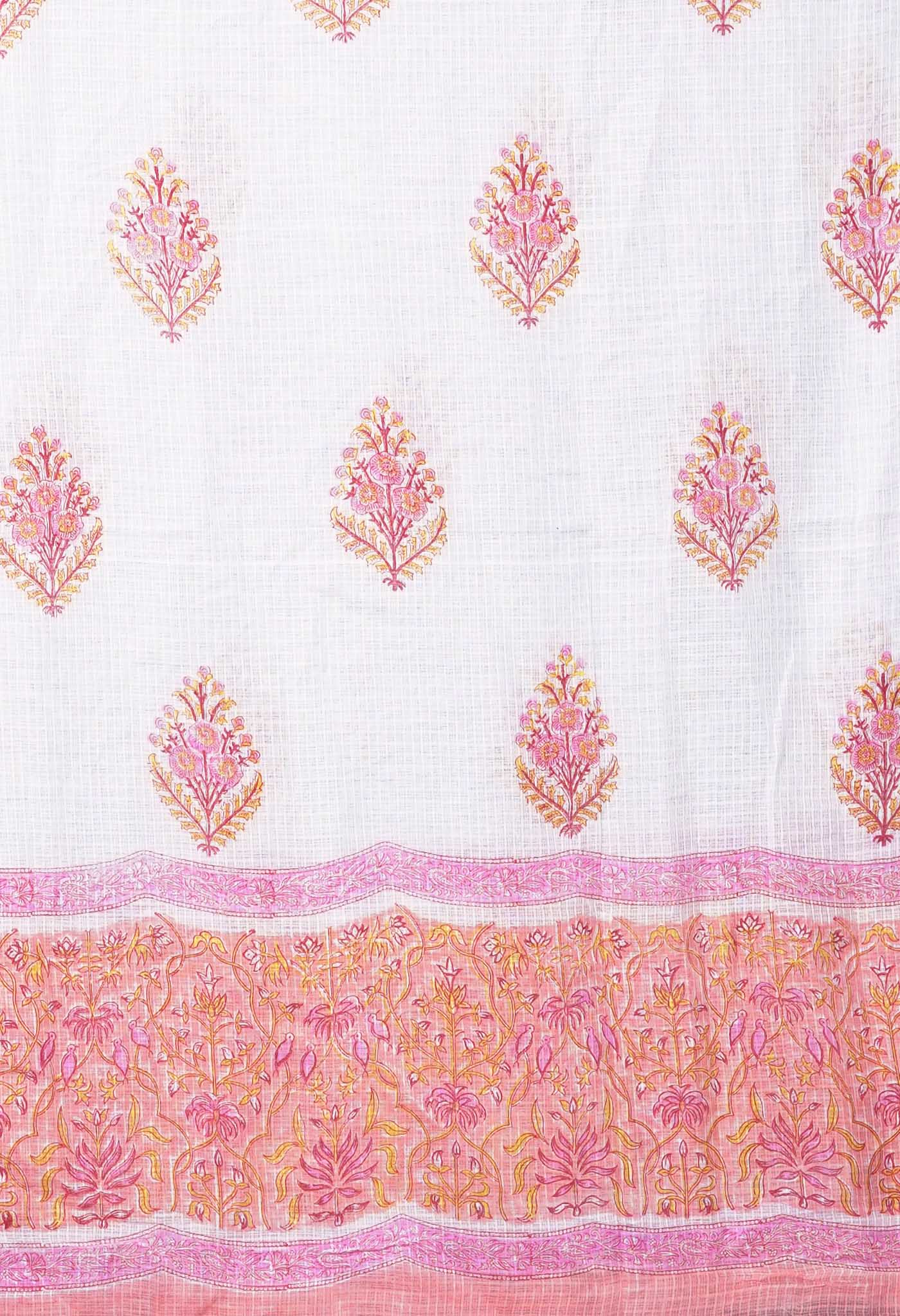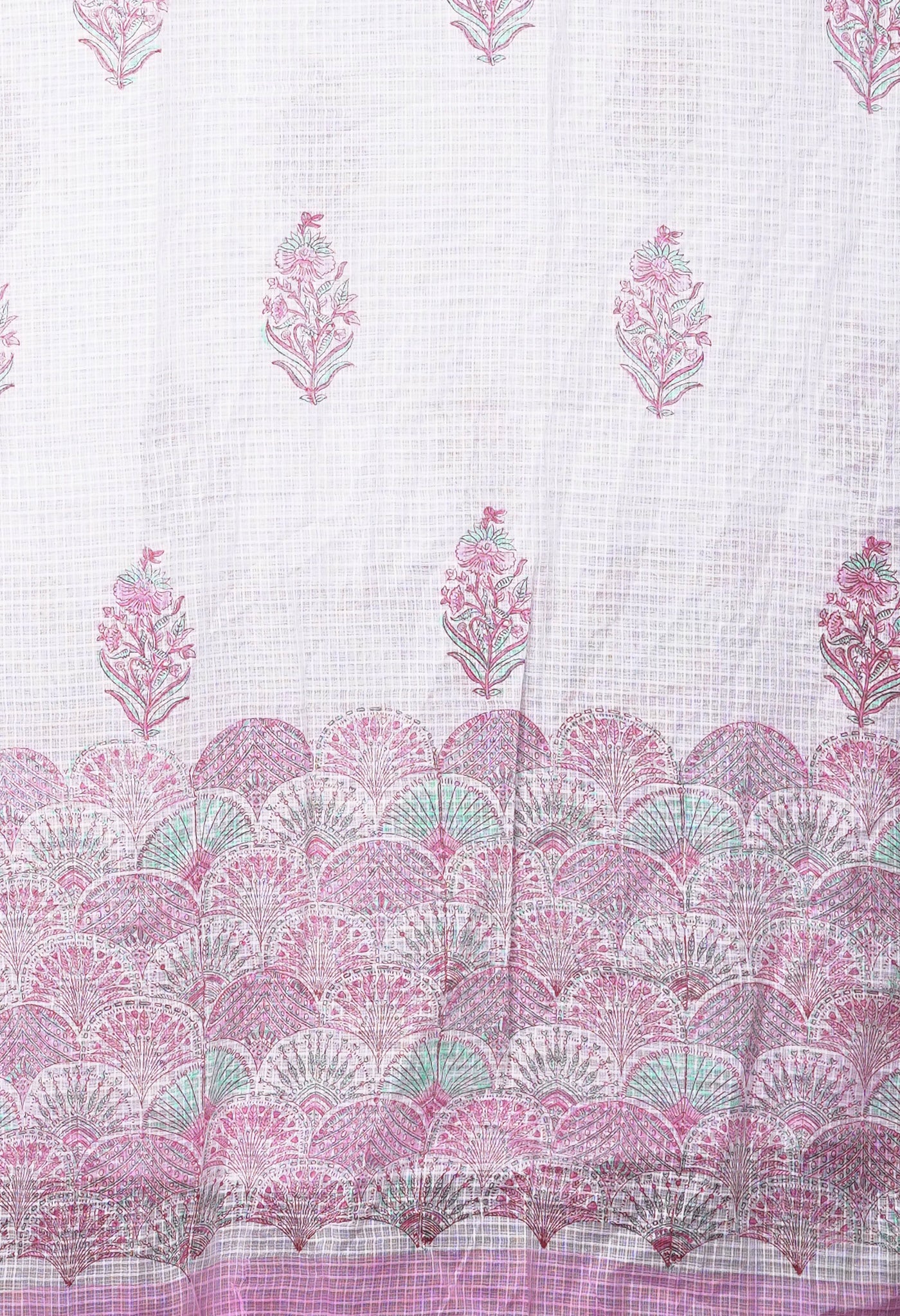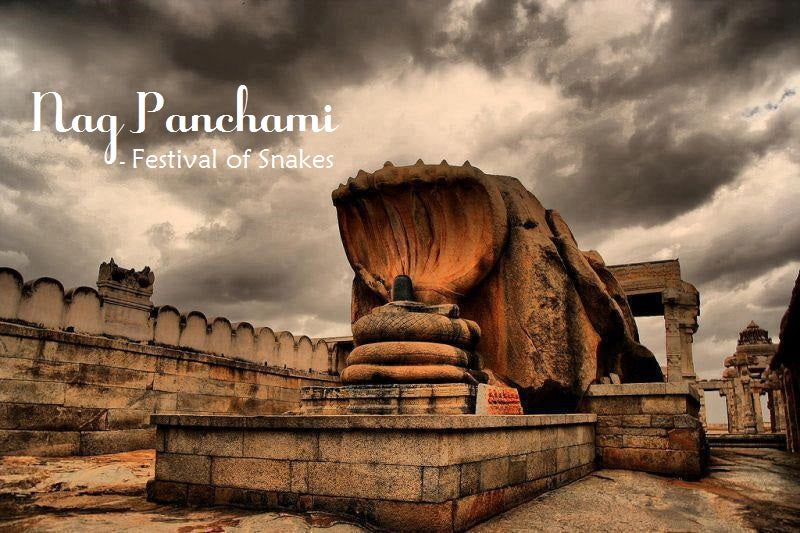
Nag Panchami – when snakes are worshipped
[vc_row][vc_column][vc_column_text]
It is only in India, steeped in religion and rituals, that a creature like the snake more so the Cobra, dreaded by most for its venom, is worshipped as a divine being or deity.
The snake festival Nag Panchami is celebrated every year on Shukla Paksha Panchami during the Saawan or Shraavan month of the Hindu calendar, that roughly falls somewhere during the months July and August of the English calendar. Women worship Nag Devata, observe fasting and offer milk to snakes on this day, considered as auspicious and in the interest of the family’s well being. In urban areas it being a cement jungle, it assumes the form of snake Pooja done at home and keeping milk in a small bowl outside the home or if luck be, close to an ant hill where snakes generally have their dwelling.[/vc_column_text][vc_gallery type="nivo" interval="3" images="5247,5249,5250,5251" onclick="link_no" custom_links_target="_self" img_size="650x300"][vc_column_text]The festival also known as Nag Chathurthi or Nagul Chavithi, is celebrated differently in different states of India. In Gujarat it generally comes as festivities about three days from Krishna Janmashtami. In Andhra Pradesh it is observed a little after Diwali and coincides with similar observances in Tamil Nadu known as Soora Samhram. But most states celebrate as mentioned earlier and this year it falls on August 1st, 2014. In south India anthills are worshipped and sprinkling haldi and kumkum is done with offerings of milk kept in front of these ant hills for live snakes to come and have. In the neighbouring kingdom of Nepal too, this festival is celebrated with the same fervor and devotion as in India.
As legend would have it, in the time of the Indus Valley Civilization in 3000 B.C., it is believed there was a fairly advanced race of people called the Nagas who were existing even before the Indo Aryans. It is believed that in cross-culture assimilation, some of the practices of the Nagas like snake worship also got absorbed in the Indus valley culture and snake worship in Hinduism gained prominence from there on.
Tales from the epics have snakes in prominent roles and in close association with the Lord’s different avatars. Snakes that found mention in the epics and folk tales like Vasuki, Kalia,Takshak, SheshNag etc. represented snakes that had proximity to the Lord and hence gained a divine reputation. Powerful and blessed with immortality, these snakes were worshipped in fear and awe for their immortality and power.[/vc_column_text][vc_column_text]You have Adishesh or SheshNag on which Lord Vishnu is reclining and contemplating about the universe. Considered to be re-incarnations of Lord Balrama (some say lord Ram’s brother Lakshmana) this snake is supposed to be carrying the weight of the world on its head.
There is Kalia the poisonous cobra that was troubling villagers who were unable to cross a certain point across the Yamuna river because of the snake’s poison. Lord Krishna is supposed to have tamed it and danced on its hood before asking it to leave, in his childhood days.
 You have Vasuki the serpent of the world used by the Gods and Demons or Rakshasas to churn the water and bring up the nectar from the netherworld. The poison threatened to choke up both the Gods and Rakshasas and hence Lord Shiva collected the poison that came up during the churning and drank it. That is why the blue colour formed on his throat gave the Lord the name Neelkanth.
You have Vasuki the serpent of the world used by the Gods and Demons or Rakshasas to churn the water and bring up the nectar from the netherworld. The poison threatened to choke up both the Gods and Rakshasas and hence Lord Shiva collected the poison that came up during the churning and drank it. That is why the blue colour formed on his throat gave the Lord the name Neelkanth.
Lord Shiva always has serpents around his neck as a garland. The Naga King Takshak who could change forms and as a result of a curse, caused the death of King Parikshat, grandson of Arjuna the Pandav King through his bite, is another familiar tale.
It is not merely a ritual, nor just a belief. It is a practice that has come down the ages traditionally, which carries with it a hope and a belief that snake worship invokes the blessings of Lord Shiva who would bless his devotees with happiness, peace and prosperity. And there is nothing stronger than this hope and conviction that makes devotees perform the poojas year after year.
Like is said – It happens only in India. On one side you see modern science and technological advances and its practitioners in a modern setting. On the other you see a traditional India with its nuances and beliefs in ancient rituals and practices that seem questionable by the modern mind.
Yet Hindu society and its way of living has always maintained a fine balance of the two and allowed them to co-exist. Neither comes in the other’s way and a peaceful harmony prevails despite what the rest of the world may think.
[/vc_column_text][/vc_column][/vc_row]

It is only in India, steeped in religion and rituals, that a creature like the snake more so the Cobra, dreaded by most for its venom, is worshipped as a divine being or deity.
The snake festival Nag Panchami is celebrated every year on Shukla Paksha Panchami during the Saawan or Shraavan month of the Hindu calendar, that roughly falls somewhere during the months July and August of the English calendar. Women worship Nag Devata, observe fasting and offer milk to snakes on this day, considered as auspicious and in the interest of the family’s well being. In urban areas it being a cement jungle, it assumes the form of snake Pooja done at home and keeping milk in a small bowl outside the home or if luck be, close to an ant hill where snakes generally have their dwelling.[/vc_column_text][vc_gallery type="nivo" interval="3" images="5247,5249,5250,5251" onclick="link_no" custom_links_target="_self" img_size="650x300"][vc_column_text]The festival also known as Nag Chathurthi or Nagul Chavithi, is celebrated differently in different states of India. In Gujarat it generally comes as festivities about three days from Krishna Janmashtami. In Andhra Pradesh it is observed a little after Diwali and coincides with similar observances in Tamil Nadu known as Soora Samhram. But most states celebrate as mentioned earlier and this year it falls on August 1st, 2014. In south India anthills are worshipped and sprinkling haldi and kumkum is done with offerings of milk kept in front of these ant hills for live snakes to come and have. In the neighbouring kingdom of Nepal too, this festival is celebrated with the same fervor and devotion as in India.
As legend would have it, in the time of the Indus Valley Civilization in 3000 B.C., it is believed there was a fairly advanced race of people called the Nagas who were existing even before the Indo Aryans. It is believed that in cross-culture assimilation, some of the practices of the Nagas like snake worship also got absorbed in the Indus valley culture and snake worship in Hinduism gained prominence from there on.
Tales from the epics have snakes in prominent roles and in close association with the Lord’s different avatars. Snakes that found mention in the epics and folk tales like Vasuki, Kalia,Takshak, SheshNag etc. represented snakes that had proximity to the Lord and hence gained a divine reputation. Powerful and blessed with immortality, these snakes were worshipped in fear and awe for their immortality and power.[/vc_column_text][vc_column_text]You have Adishesh or SheshNag on which Lord Vishnu is reclining and contemplating about the universe. Considered to be re-incarnations of Lord Balrama (some say lord Ram’s brother Lakshmana) this snake is supposed to be carrying the weight of the world on its head.
There is Kalia the poisonous cobra that was troubling villagers who were unable to cross a certain point across the Yamuna river because of the snake’s poison. Lord Krishna is supposed to have tamed it and danced on its hood before asking it to leave, in his childhood days.
 You have Vasuki the serpent of the world used by the Gods and Demons or Rakshasas to churn the water and bring up the nectar from the netherworld. The poison threatened to choke up both the Gods and Rakshasas and hence Lord Shiva collected the poison that came up during the churning and drank it. That is why the blue colour formed on his throat gave the Lord the name Neelkanth.
You have Vasuki the serpent of the world used by the Gods and Demons or Rakshasas to churn the water and bring up the nectar from the netherworld. The poison threatened to choke up both the Gods and Rakshasas and hence Lord Shiva collected the poison that came up during the churning and drank it. That is why the blue colour formed on his throat gave the Lord the name Neelkanth.Lord Shiva always has serpents around his neck as a garland. The Naga King Takshak who could change forms and as a result of a curse, caused the death of King Parikshat, grandson of Arjuna the Pandav King through his bite, is another familiar tale.
It is not merely a ritual, nor just a belief. It is a practice that has come down the ages traditionally, which carries with it a hope and a belief that snake worship invokes the blessings of Lord Shiva who would bless his devotees with happiness, peace and prosperity. And there is nothing stronger than this hope and conviction that makes devotees perform the poojas year after year.
Like is said – It happens only in India. On one side you see modern science and technological advances and its practitioners in a modern setting. On the other you see a traditional India with its nuances and beliefs in ancient rituals and practices that seem questionable by the modern mind.
Yet Hindu society and its way of living has always maintained a fine balance of the two and allowed them to co-exist. Neither comes in the other’s way and a peaceful harmony prevails despite what the rest of the world may think.
Technology and its offerings are food for the mind, these rituals and practices are food for the soul.
[/vc_column_text][/vc_column][/vc_row]

